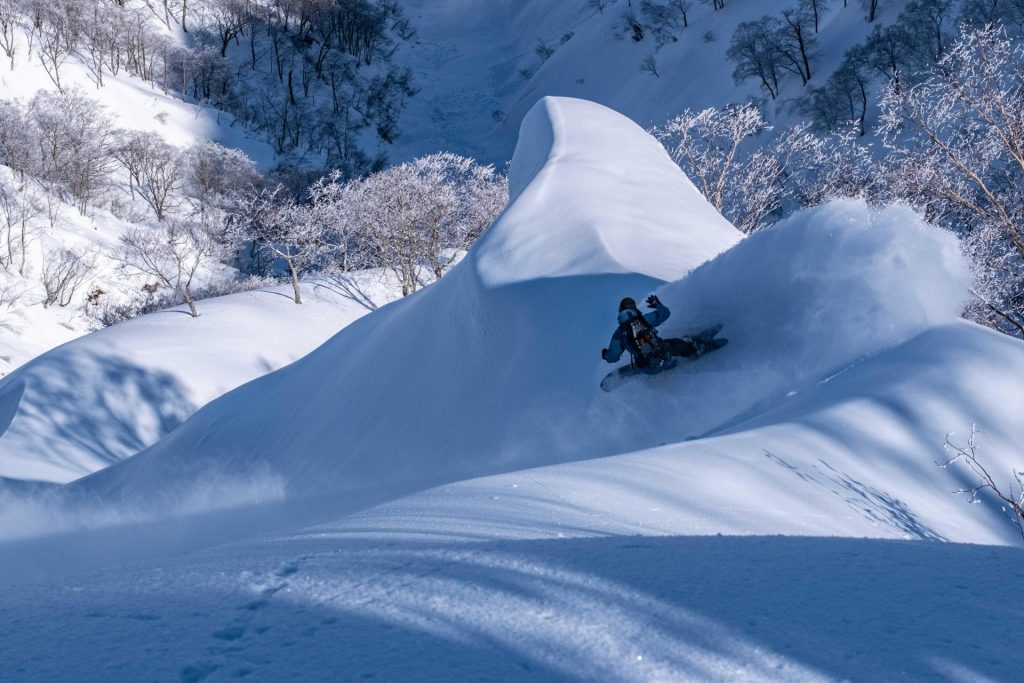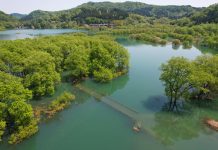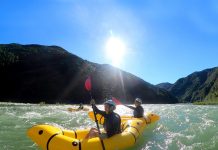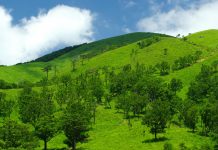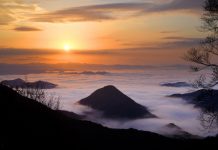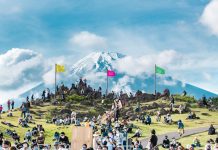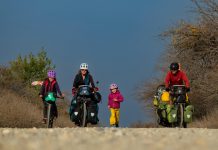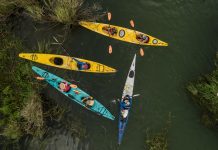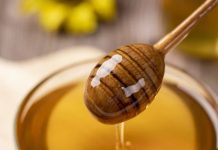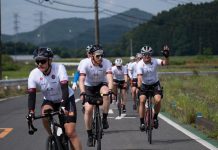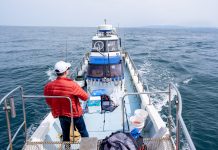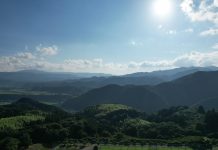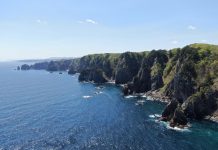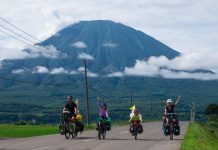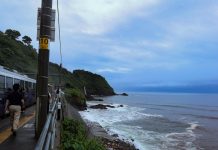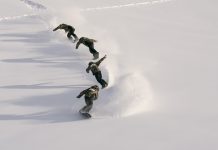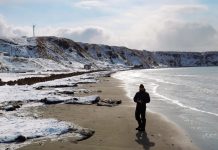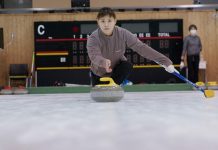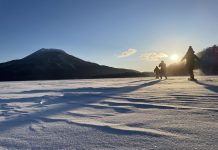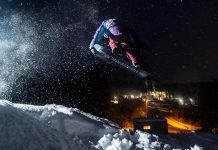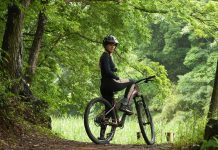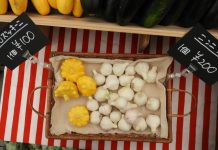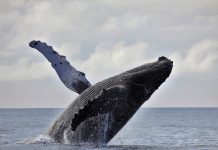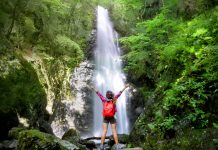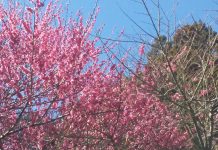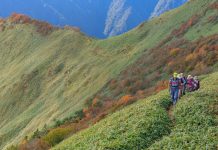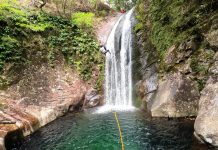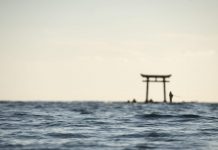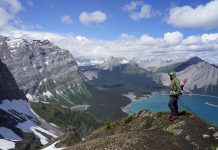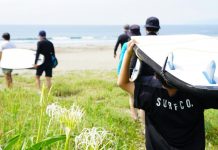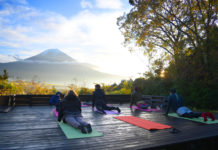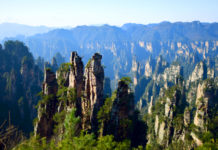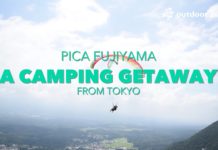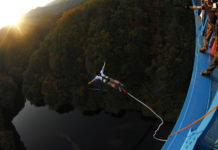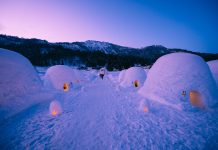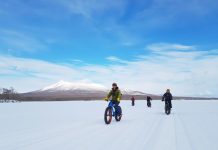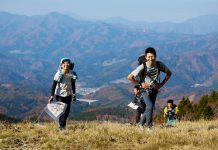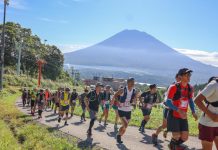Interview with Tomoki Fuse
With Bill Ross Photos Courtesy of Kammui
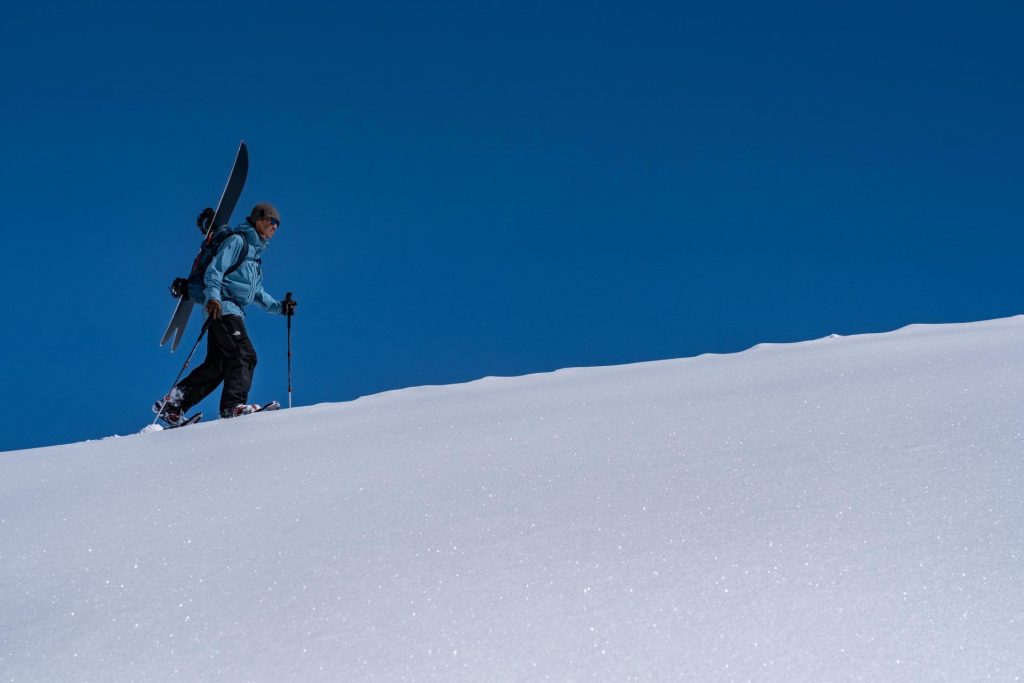
Tokyo native Tomoki Fuse left one of the world’s largest cities for some of Japan’s highest mountains. He’s now firmly established in the big mountain resort of Hakuba in Nagano Prefecture. After many years of guiding and building his backcountry credentials, he recently established his guiding company, Snowsurf Hakuba to share his love for the mountains. He talks about why he chose the Northern Alps as his base, and his approach to safely taking guests out into Japan’s backcountry.
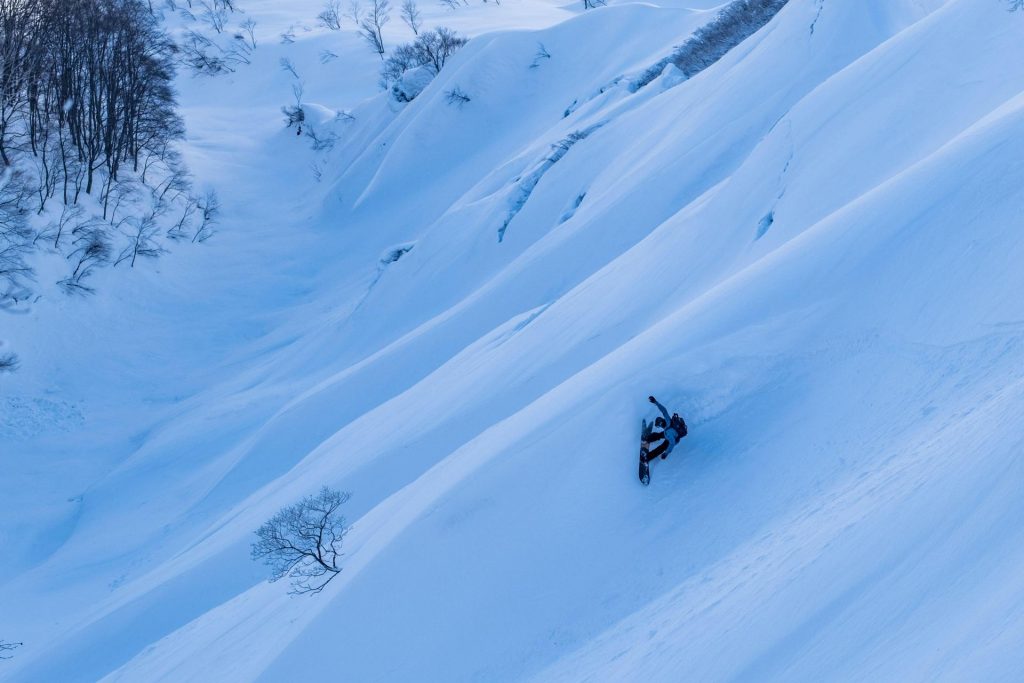
Tell me about your history in Hakuba.
I first moved up here about 13 years ago. I really liked backcountry skiing and riding, and this seemed like the place to do it. About 11 years ago a local guide company asked if I wanted to help them out, so I started out as a tail guide on tours. I did that for a few years—it kept getting more interesting—so I decided to get training and certification so I could become a real guide.
What is special about Hakuba?
It’s just such a vast area, with so many choices. These are the biggest, steepest mountains in all of Japan—I don’t think there’s anywhere else that has the same alpine feeling as Hakuba. It’s the best in Japan, I think; there’s no other place like it. The risks are higher, of course, but there are also so many more options. If you have a nice, sunny day and the snow condition is good, there are huge open slopes to enjoy. If it’s snowy or cloudy, we can go ski in the trees.
What makes for a perfect day in the Hakuba backcountry?
That’s easy—good conditions, good snow and a good slope—it’s going to be a fun day when you have all three.
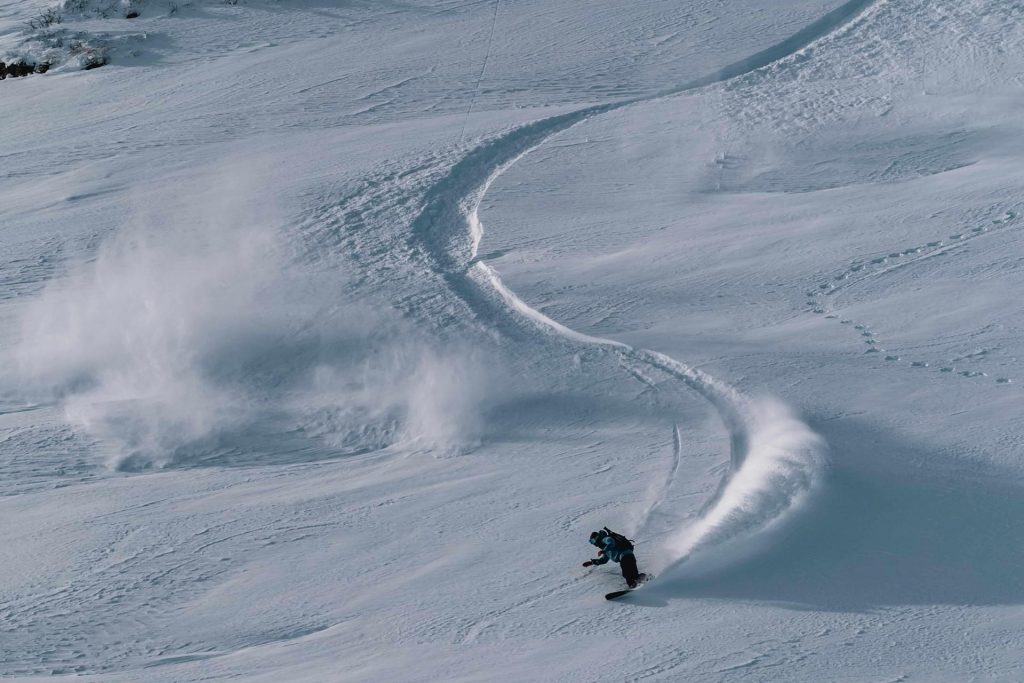
Do you only guide in Hakuba?
Basically, yes, just here. But if I get a request for another area, I will go to other mountains too. In spring I’ll be in Tateyama for much of the late season. I was there in November of this year, too—there was so little snow. It was a lot of bouncing off rocks! But I’m pretty happy just guiding in Hakuba, because there’s so much terrain to choose from.
Tell us a bit about your approach to guiding.
Basically I guide alone, but have good tail guides I can call on for large groups. I’ll only take up to six people if I’m alone, 12 if we have two guides. Generally, the groups tend to be about five or six people.
Mainly I’m a snowboarder, but I ski, too, so both skiers and boarders can join in on our tours. I have a sort of “normal” course for people with backcountry experience where we head to a variety of terrain. I also have a beginner course for people who are just getting into backcountry. For this we start by going over how to use avalanche beacons and gear before we go out to a course that’s good for first-timers.
What is a tour day like?
The group gathers in the morning, and we go over the conditions and the course with the guests before heading out to the area for the day. It gives us a good chance to make sure everybody has the right gear and is ready to go.
Why is your company called Snowsurf Hakuba?
I surf as well as snowboard and ski. The name conveys my love of surfing on snow as well as water, enjoying the glide and the natural surroundings.
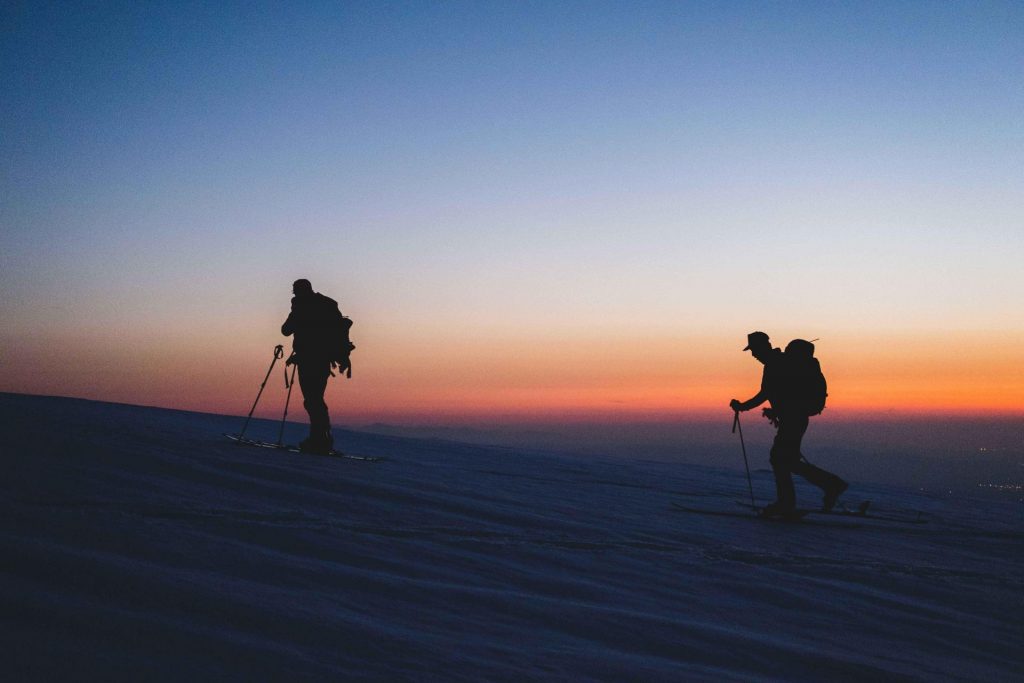
TOMOKI FUSE CREDENTIALS
• JMGA Ski Guide Qualification Level II
• JMGA Climbing Guide Qualification Level II
• Shinshu Mountaineering Guide
• JAN Avalanche Worker Level 1
To learn more about Tomoki Fuse’s backcountry tours, and to book for this winter, visit kammui.com/en/winter.
Introducing Japan’s Best Guides
When entrepreneur Max Mackee returned to Japan after studying in London, he found some inspiration in Japan’s mountains after spending time with knowledgeable local guides like Tomoki Fuse; people passionate about sharing their local knowledge and local mountains but there wasn’t really good forum for presenting themselves.
“I met many guides who taught me about things such as dealing with avalanche risk, and had so many experiences that impressed me with their outlook on life,” he says. “I felt that there wasn’t a place where the guides could really introduce themselves, and that’s why I decided to create Kammui,” he says.
Kammui is an Ainu word meaning “spirit.” One of Mackee’s ideas (as a passionate backcountry snowboarder himself) is that the connection with nature is part of our spiritual side, and a key to our well-being.
“Our mission is to create the optimal pathways for people to get back to nature,” he says, “which then leads to health, spirituality and sustainability.” By providing an engaging showcase to the best guides in Japan,” he adds, “people can find pathways to the guides and experiences easier, which in turn ensures that guides can connect with more customers and build a sustainable income.”
Kammui was initially launched in Japanese, but there is an increasing number of pages in English featuring guides covering a wide range of seasonal outdoor activities in beautiful natural areas all over Japan. To find out more visit kammui.com/en/.
